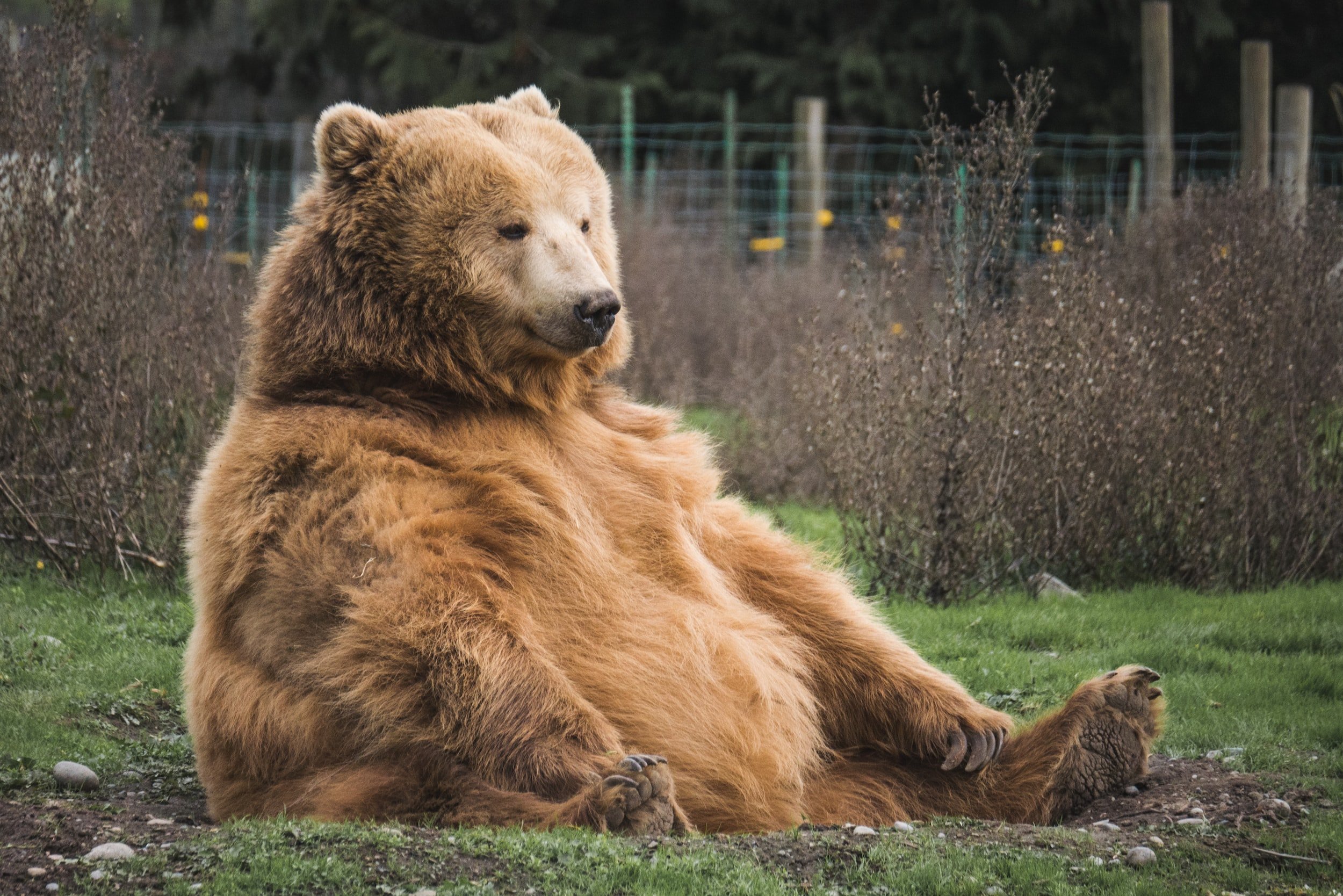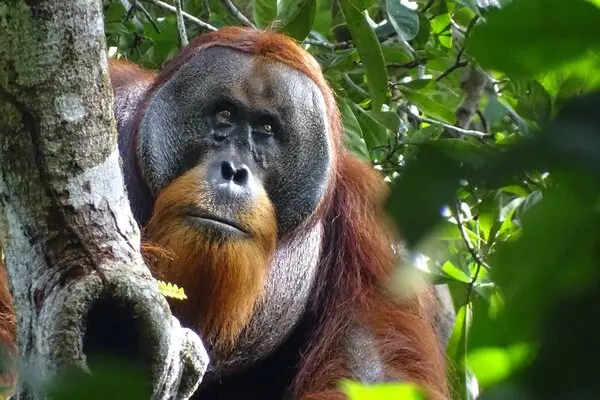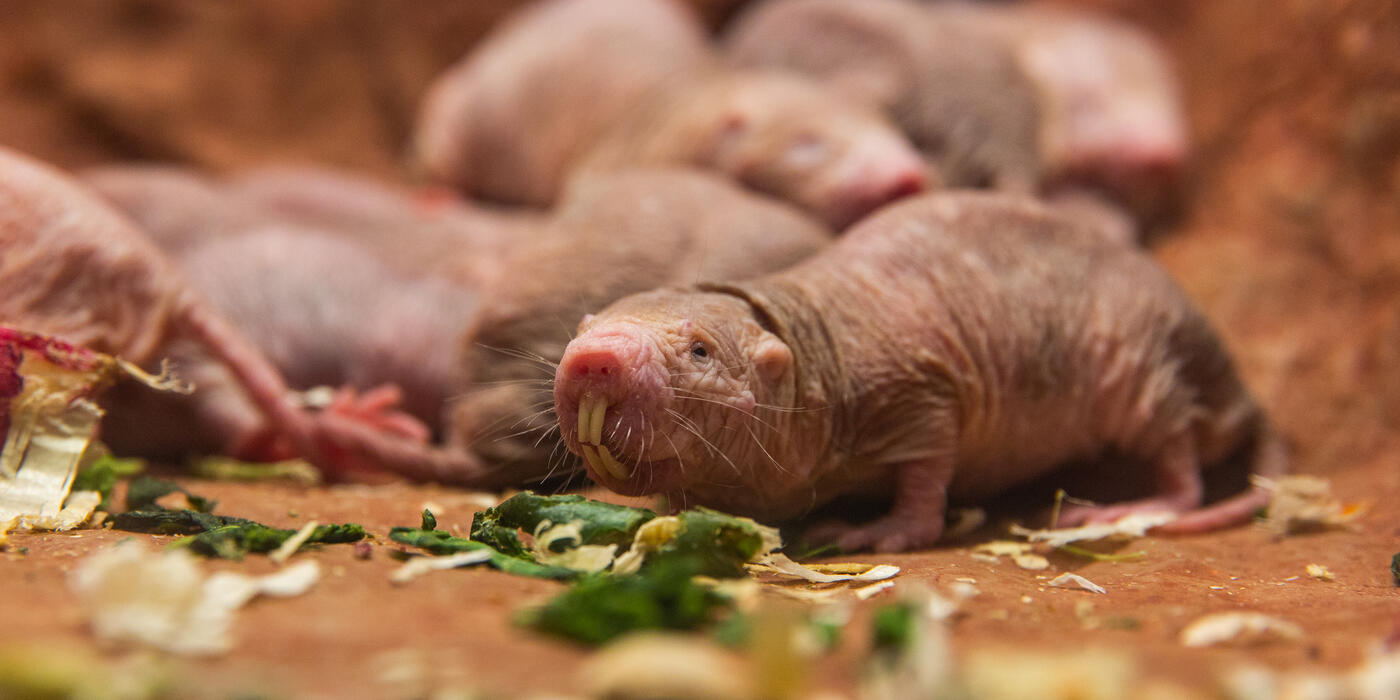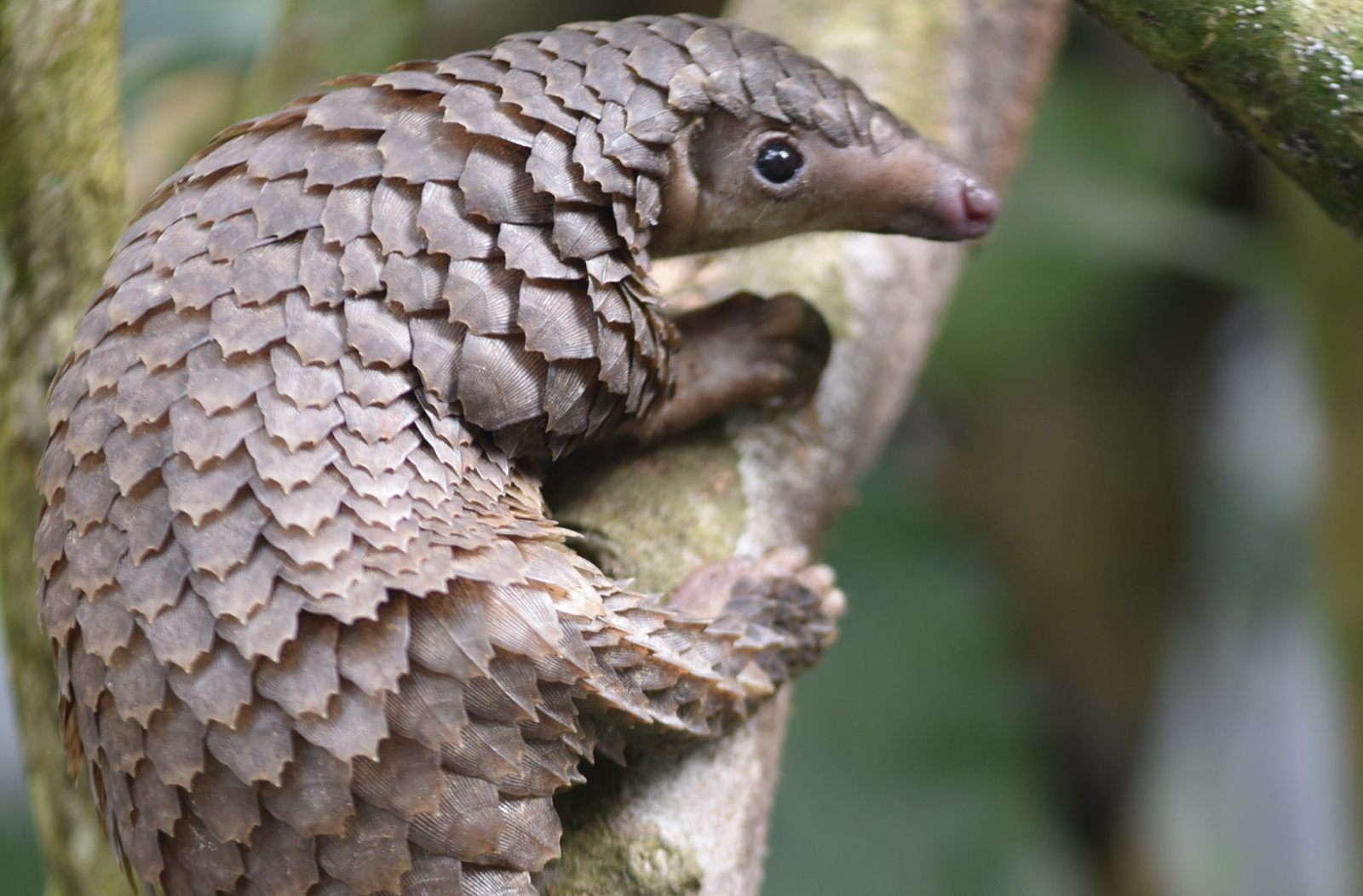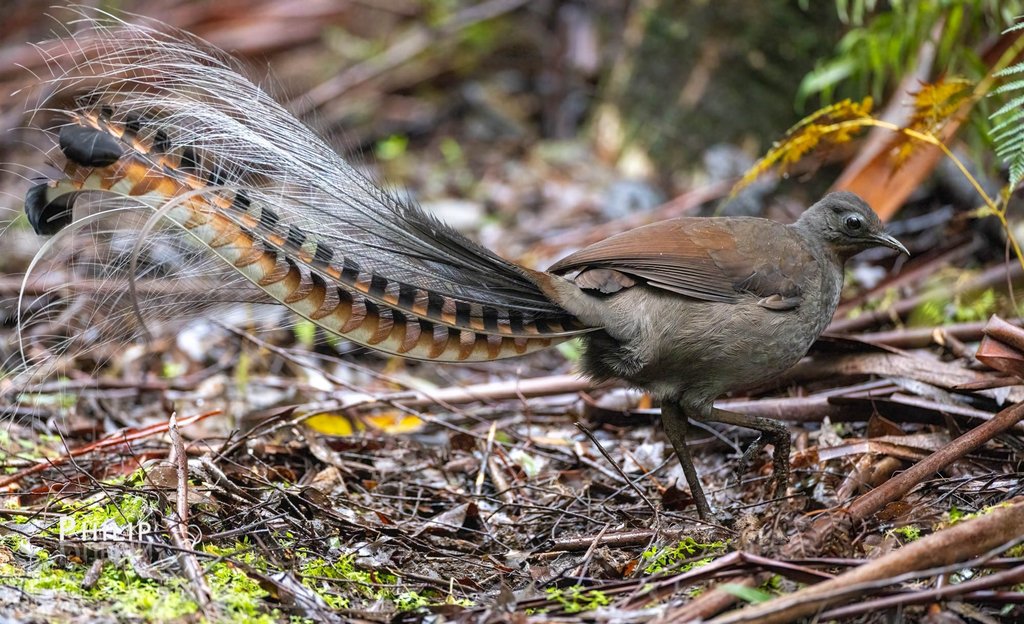solsticeuniversity.com – Bears are among the most captivating creatures in the animal kingdom, known for their strength, intelligence, and adaptability. With eight different species found across North America, Europe, and Asia, bears are highly versatile animals that thrive in a variety of environments. This article delves into the world of bears, shedding light on their habits, habitats, and the importance of their conservation.
1. Types of Bears
Bears belong to the family Ursidae, and each species has its own unique characteristics. Here’s a quick overview of the eight species of bears:
- American Black Bear: Found across North America, the American black bear is the most widely distributed bear species. It has a diverse diet, ranging from fruits to small animals.
- Brown Bear: Known for its large size and distinct hump on the shoulders, the brown bear can be found in North America, Europe, and Asia. The Kodiak bear and the grizzly bear are both types of brown bears.
- Polar Bear: The polar bear is adapted to life in the Arctic and is known for its white fur and keen hunting skills. They primarily hunt seals for their food.
- Asian Black Bear: Also called the moon bear due to the white crescent-shaped mark on its chest, this bear is found in forests across Asia.
- Sloth Bear: Native to India, the sloth bear has a unique appearance with shaggy fur and a specialized diet, mainly consisting of insects like termites.
- Andean Bear: Also known as the spectacled bear, this species is native to the Andes Mountains in South America and is easily recognizable by the markings around its eyes.
- Giant Panda: Found in China, the giant panda is a symbol of wildlife conservation. These bears are primarily herbivores and feed mainly on bamboo.
- Sun Bear: The smallest bear species, the sun bear is native to Southeast Asia and is known for its short black fur and orange-yellow chest patch.
2. Bear Behavior and Habits
Bears are solitary animals, with the exception of mothers and their cubs. They are mostly active during dawn and dusk, although some species, like the polar bear, are adapted to a more nocturnal lifestyle. Their diet varies greatly depending on the species and the availability of food in their habitat.
- Diet: Bears are omnivores, meaning they eat both plants and animals. Some species, like the panda, are primarily herbivores, while others, like the brown bear, have a more varied diet that includes fish, small mammals, and berries.
- Hibernation: One of the most fascinating behaviors of bears is their hibernation. In colder climates, bears enter a state of dormancy during the winter months. Their body temperature drops slightly, and their metabolic rate decreases, allowing them to survive without food for months.
3. Bear Habitats
Bears are adaptable creatures and can live in a wide range of habitats, from dense forests and tundra to mountainous regions and coastal areas. Each species has a specific range of habitats it thrives in:
- Forest: The American black bear and the Asiatic black bear are often found in forested regions.
- Tundra: The polar bear is perfectly suited for life in the cold Arctic tundra.
- Mountains: The Andean bear lives in the high-altitude Andes Mountains.
- Coastal Areas: Brown bears are found in coastal regions where they can access fish, especially during salmon spawning season.
4. Conservation of Bears
Despite their adaptability, many bear species are facing threats due to human activities such as habitat loss, poaching, and climate change. Conservation efforts are crucial to ensuring that these majestic animals continue to thrive in the wild.
- Habitat Protection: Efforts are being made to protect critical bear habitats, especially in areas where deforestation and urban development threaten their survival.
- Anti-Poaching Laws: Strict anti-poaching laws are in place in many countries to protect bears from illegal hunting and trade.
- Climate Change: Climate change poses a serious threat to polar bears, as it affects the sea ice they rely on for hunting and travel.
5. Fun Facts About Bears
- Bears have an excellent sense of smell—much stronger than that of humans or even dogs.
- A mother bear will typically have one to three cubs, which are born blind and helpless.
- The giant panda, though a bear, spends most of its time in trees and bamboo forests.
- Despite their massive size, bears can run at speeds of up to 30 miles per hour (48 km/h).
Conclusion
Bears are remarkable creatures that play an important role in their ecosystems. Their behaviors, habitats, and conservation challenges offer endless intrigue for wildlife enthusiasts. As we continue to learn more about these magnificent animals, it’s vital that we support efforts to protect their natural habitats and ensure their survival for generations to come.
